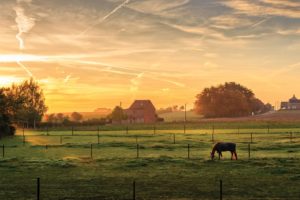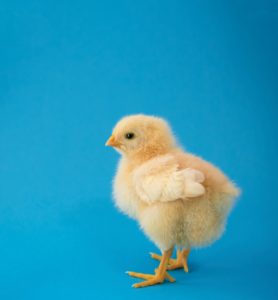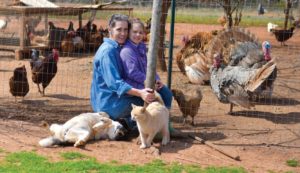
Reflect, Learn, and Plan
I know we are all getting tired and frustrated when hearing about COVID-19 in all facets of our lives. Several horse owners who board their horses cannot even visit their horses due to barn closures. Folks usually travel to South Carolina from all over the country for the show season, which has unfortunately taken a back seat. I choose to find the golden horseshoe. We can use this unfortunate downtime in a positive manner for our horses as well as for ourselves. We can use this time to reflect, learn, and plan for the rest of our year or even our future. Today, I will step away from a purely























